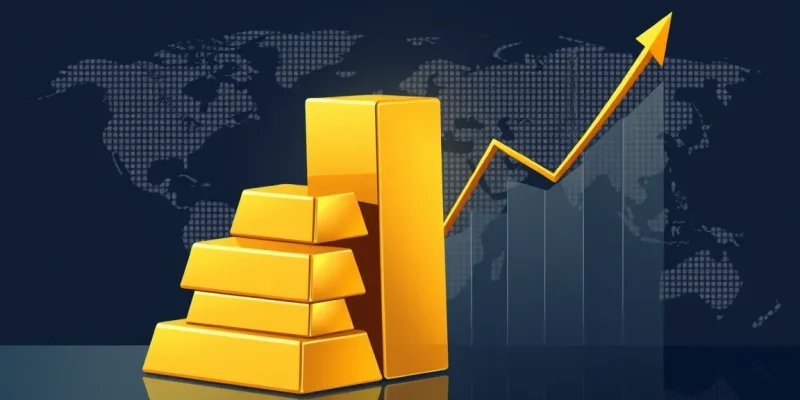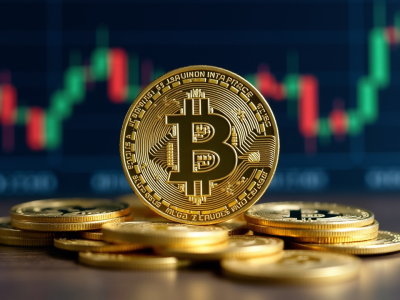
Gold has long been regarded as a traditional safe-haven investment, offering protection in times of uncertainty and market volatility.
This year, the precious metal has once again demonstrated its resilience, reaching record highs as tariffs, inflation concerns, and broader market instability drive demand.
The surge has also given fresh momentum to gold-focused exchange-traded funds (ETFs), which provide investors with an easier and more accessible way to gain exposure to gold.
Record inflows into Gold ETFs
Global gold ETFs saw inflows of $3.2 billion in July, according to data from the World Gold Council, marking what could become the second-strongest year on record for the asset class.
Joe Cavatoni, managing director at the World Gold Council, told CNBC that investor interest is reaching “unprecedented levels,” particularly in gold-backed ETFs.
Much of that growth has been fuelled by US investors, where record inflows have been tracked, alongside strong demand from Asia.
Cavatoni explained that even as investors remain engaged with risk assets, there is a “very significant appreciation” for the need to hedge exposure — and gold is viewed as the ideal instrument for that purpose.
The recent spike in demand comes despite concerns earlier this year that gold could be subject to tariffs.
Those worries were eased after the Trump administration dismissed the idea, which in turn helped to reinforce bullish sentiment and clear the way for further gains.
Gold ETFs as portfolio hedges
Gold ETFs have proven particularly attractive for investors who prefer the convenience of financial products over direct ownership of physical gold.
They allow exposure to gold price movements without the logistical challenges of storage and trading.
Mike Akins, founding partner of ETF Action, noted that the flows into gold ETFs have been “staggering, especially compared to the last several years.”
However, he also highlighted that allocations to gold remain relatively low compared to broader equity markets.
For instance, when measured against S&P 500-focused ETFs, investors are currently less hedged than they were a decade ago, suggesting more room for growth in gold ETF allocations.
Akins added that, as a percentage of overall portfolio hedges, gold remains underrepresented, but the steady inflows reflect growing interest.
This trend mirrors the rise of bitcoin ETFs, where investment demand has increased as the asset gained legitimacy as a hedge.
Broader growth in Gold investment
While gold ETFs are gaining traction, they remain a smaller component of the overall gold trade.
Cavatoni pointed out that gold continues to be traded over the counter, and physical ownership is still an important and expanding part of the global investment landscape.
Both Akins and Cavatoni agree that there is significant room for further growth in gold ETFs.
Comparisons with bitcoin ETFs highlight the disparity: US bitcoin ETFs represent around 7% of bitcoin’s total market capitalisation, while gold ETFs make up less than 1% of the gold market.
For investors, ETFs remain an efficient way to gain exposure to gold prices.
As Akins observed, “If you’re just looking at the gold market, it’s hard to beat any of the ETFs in terms of tracking the spot price. It’s a great allocation vehicle, and exactly what ETFs were designed to be.”
The post Gold ETFs gain momentum as investors seek safe-haven hedge appeared first on Invezz










